Protecting Your Cat from Feline Lower Urinary Tract Disease (FLUTD)
Feline Lower Urinary Tract Disease (FLUTD) is a potentially life-threatening condition affecting the bladder and urethra of cats. Severe cases, such as urethral blockages, demand immediate veterinary care to prevent catastrophic outcomes. At Southern Crossing Animal Hospital in Memphis, Tennessee, we prioritize helping pet owners recognize the signs of FLUTD, understand its causes, and implement preventive strategies. With the right knowledge and proactive care, you can ensure your cat lives a healthy, comfortable life.
What Is FLUTD and Why Is It Dangerous?
FLUTD is an umbrella term for a range of urinary issues in cats, including:
- Cystitis: Inflammation of the bladder that causes discomfort and frequent urination.
- Urinary Stones: Hardened mineral deposits that can cause painful obstructions.
- Urethral Blockages: The most severe form of FLUTD, where the urethra becomes completely blocked, preventing urination.
Why Are Male Cats at Higher Risk?
Male cats are more susceptible to urethral blockages due to their narrower urethras, which are more easily obstructed by:
- Crystals or stones.
- Inflammation or swelling.
- Mucus or cellular debris.
A blocked urethra prevents urine from leaving the body, causing dangerous toxins to build up in the bloodstream. Without timely intervention, this can lead to kidney failure, bladder rupture, and even death.
The Life-Threatening Risks of Urethral Blockages
Urethral blockages escalate rapidly from discomfort to critical emergencies. Without treatment, complications can include:
Uremia
A buildup of waste products in the blood due to the inability to urinate. Uremia affects multiple organ systems and can lead to severe illness or death.
Electrolyte Imbalances
High potassium levels (hyperkalemia) are particularly dangerous, as they can disrupt the heart’s electrical activity, causing arrhythmias or cardiac arrest.
Bladder Rupture
As the bladder overfills, it stretches to the point of rupture, releasing urine into the abdomen. This condition requires immediate surgery and is often fatal without intervention.
Even with successful treatment, cats may face recurring urinary issues or long-term kidney damage, making early detection and prevention essential.
Causes and Risk Factors for FLUTD
FLUTD can be triggered by various factors, including:
Crystals or Stones
Concentrated urine can form crystals, which may combine to create larger stones. These blockages are extremely painful and potentially deadly.
Bacterial Infections
Infections in the urinary tract cause inflammation, narrowing the urethra and hindering urine flow.
Stress
Cats are highly sensitive to environmental and emotional stress, which can disrupt bladder function. Changes in routine, new pets, or household dynamics are common triggers.
Obesity and Diet
Overweight cats and those on dry food diets (low in water content) are at higher risk. Diets high in magnesium, phosphorus, or calcium can also contribute to crystal formation.
Age and Gender
FLUTD is most common in cats aged 2–6 years, and male cats are at greater risk due to their anatomy.
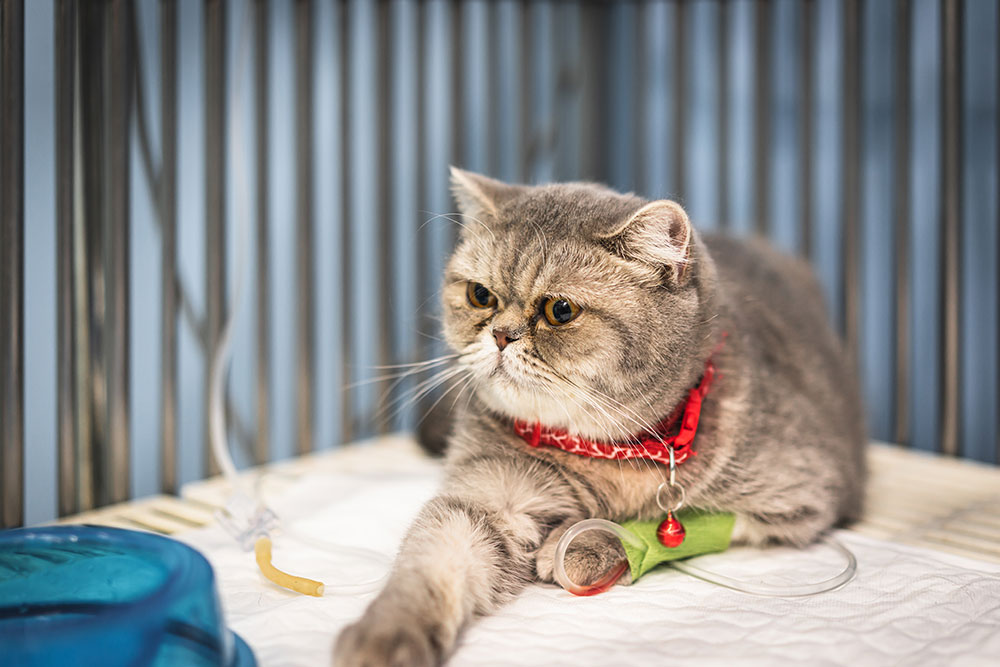
Symptoms to Watch For
Recognizing the early warning signs of FLUTD can save your cat’s life. Symptoms include:
- Difficulty Urinating: Straining to urinate with little to no output is a hallmark sign.
- Frequent Litter Box Visits: Your cat may repeatedly visit the litter box but fail to produce urine.
- Blood in Urine: Pink or red urine indicates internal irritation or damage.
- Crying or Vocalizing: Cats in pain may howl or meow excessively when attempting to urinate.
- Swollen Abdomen: A firm, distended belly suggests a full bladder that may rupture if not treated promptly.
- Lethargy and Loss of Appetite: Discomfort and systemic illness can cause your cat to become less active and refuse food.
If your cat exhibits any of these symptoms, seek veterinary care immediately. Delaying treatment can lead to life-threatening complications.
Diagnosing and Treating FLUTD
At Southern Crossing Animal Hospital, we take a comprehensive approach to diagnosing and treating FLUTD. Learn more about our advanced diagnostic tools and services here.
Diagnostic Tools
- Physical Examination: Palpating the abdomen to assess bladder size and condition.
- Urinalysis: Testing for crystals, blood, bacteria, or other abnormalities in the urine.
- Blood Work: Checking kidney function and electrolyte levels.
- Imaging: X-rays or ultrasounds to detect stones or obstructions.
Treatment Options
Treatment focuses on relieving the blockage, stabilizing your cat’s condition, and preventing recurrence:
- Catheterization: A catheter is inserted to clear the blockage and restore urine flow.
- Fluid Therapy: IV fluids flush toxins from the bloodstream and restore hydration.
- Surgical Intervention: In severe cases, surgery may be needed to remove stones or repair bladder damage.
- Medications: Pain relief and anti-inflammatory drugs help alleviate discomfort and reduce swelling.
Once stabilized, we work with you to develop a long-term management plan to reduce the risk of recurrence. For emergencies, visit our emergency care page.
Preventing FLUTD: Practical Steps
Preventative care is the best way to protect your cat from FLUTD and its complications.
Dietary Adjustments
- Prescription Diets: Feed your cat specialized food designed to reduce crystal and stone formation.
- Wet Food: Increase your cat’s water intake by incorporating wet food into their diet. Hydration is key to diluting urine and reducing crystal formation.
- Fresh Water: Always provide clean, fresh water. Consider using a pet water fountain to encourage drinking.
Lifestyle Changes
- Stress Reduction: Create a calm environment with safe spaces, consistent routines, and enrichment activities like interactive toys.
- Litter Box Management:
- Provide one litter box per cat plus one extra.
- Keep litter boxes clean to encourage healthy elimination habits.
- Weight Management: Help your cat maintain a healthy weight through portion control and regular playtime.
Regular Veterinary Care
- Routine Check-Ups: Schedule wellness exams to monitor urinary health and detect early signs of FLUTD. Schedule an appointment today here.
Recognizing Emergencies
A urethral blockage is always a medical emergency. Seek immediate veterinary care if your cat shows:
- Persistent vocalizing or howling in pain.
- A swollen, firm abdomen.
- Complete inability to urinate.
- Severe lethargy or collapse.
A Healthier Future for Your Cat
FLUTD and urethral blockages are serious conditions, but they can be managed and even prevented with the right care. By recognizing symptoms early, seeking prompt treatment, and following preventative measures, you can protect your feline companion from unnecessary pain and complications.
To learn more about our preventative and emergency care, visit Southern Crossing Animal Hospital. Let’s work together to ensure your cat lives a happy, healthy life free from urinary health challenges.



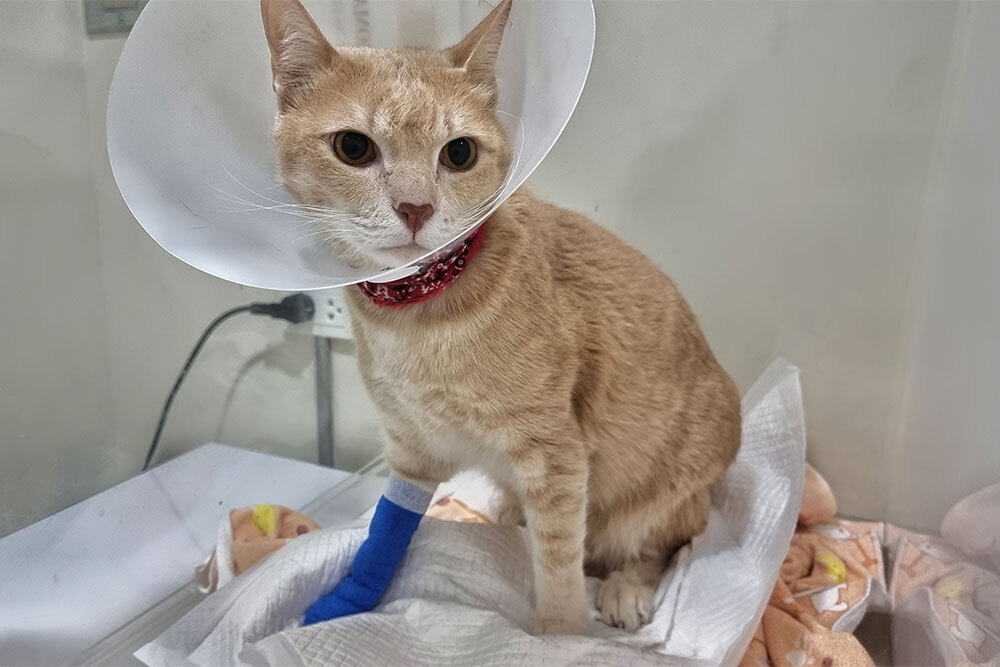
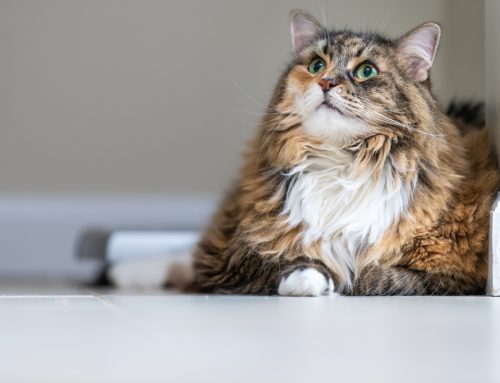
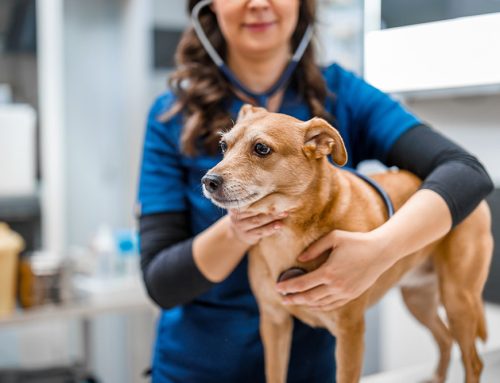

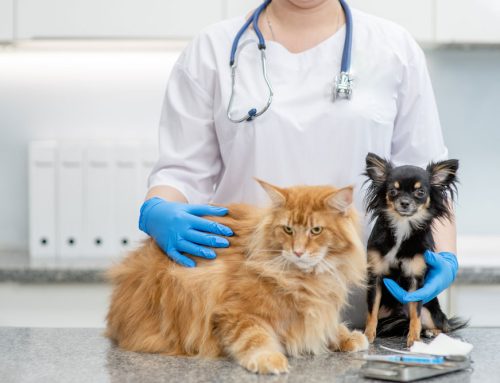
Leave A Comment